
TARGET 150624
The Windmills of Kinderdijk
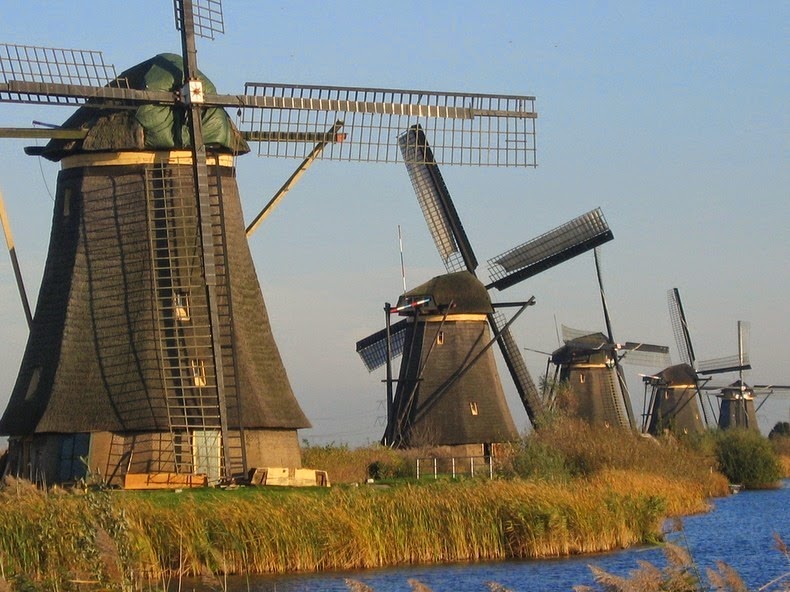
Most people see a windmill like this and think, "Ah! They are for grinding grain." Not these windmills, though. Lives depend on these for more than just the local economy.
The village of Kinderdijk is located in the Netherlands, about 15 km east of Rotterdam. Kinderdijk is situated in a region called the Alblasserwaard that lies below sea-level. These below-sea-level areas are called "polders", and are often land reclaimed from a body of water, such as a lake or marshes. After the water is drained out, the ground level subsides over time and eventually all polders sink below the surrounding water level. Water then enters the low-lying polder through water pressure of ground water, or rainfall. For most polders, sluices can be opened when the sea is at low tide and the water just drains back out. But Kinderdijk's water comes from the Lek and Noord rivers, where the village is located, and rivers don't have low tides. So, it has to be pumped.
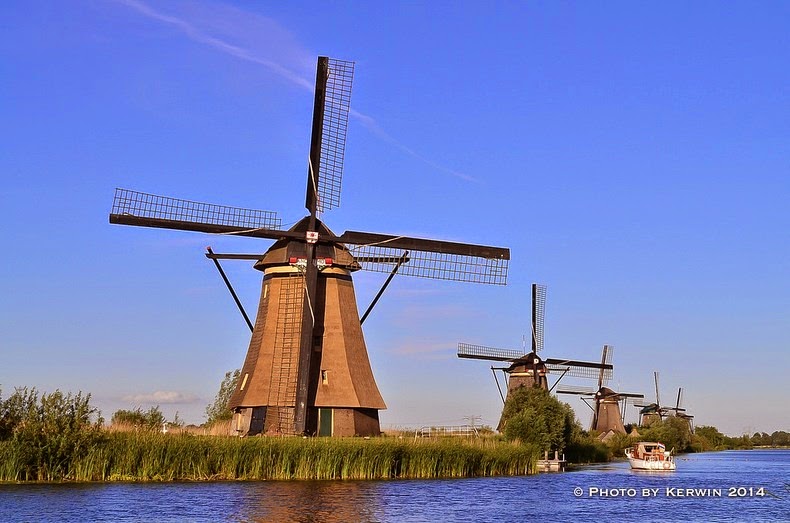
A system of 19 windmills was built between 1738 and 1740 to drain the Kinderdijk polder, Instead of turning grinding wheels, they turn pumps that are located inside them. While rivers don't have tides, as such, they do have high and low levels, depending on rainfall and other factors. So, the windmills first pump the excess water that would flood the city into a reservoir where it waits until the level of the Lek river falls enough to pump the water out into it. If it weren't for these windmills, the polder would quickly flood and the city of Kinderdijk would be no more.
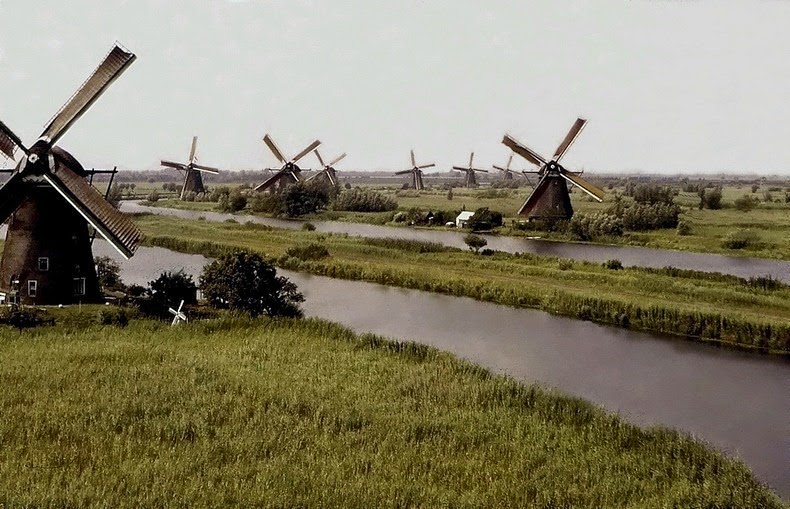
Although the windmills have been replaced by more efficient diesel pumps, they are still maintained in operating condition because they function as fall-back mills in case of failure of the modern equipment. The windmills were used for the last time during the second World War, when the mechanical pumps could not be used any more due to fuel shortages.
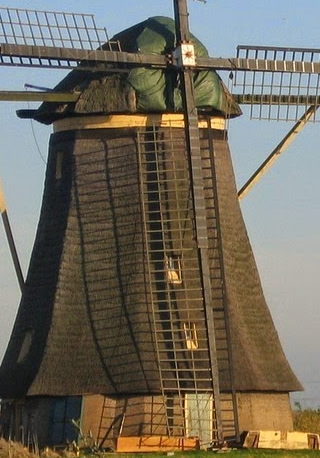
Most of the Kinderdijk windmills are "grondzeilers", or ‘ground sailers". That is, their blades reach almost completely to the ground in order to catch the most wind possible.
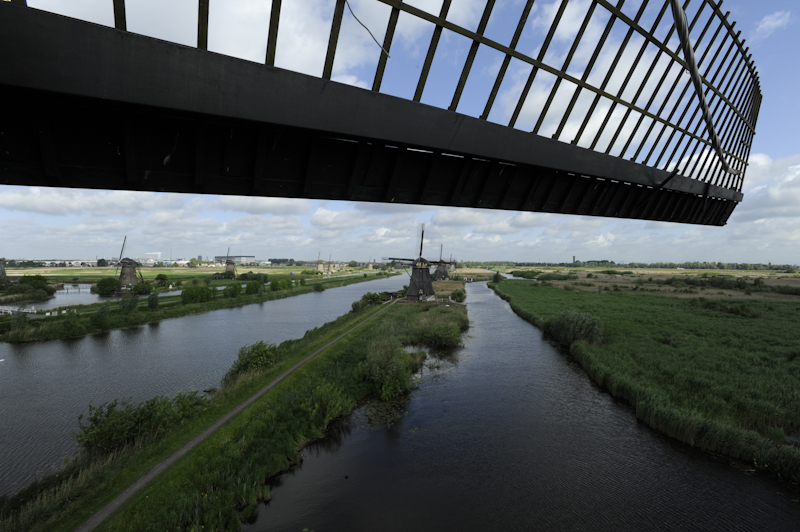
And, if you're wondering how those open grids catch the wind - the don't. Any time the windmills are going to put into use, workers quickly cover the open framework of the "sails" in thatch. And yes, they are called "sails", and not "blades", because they catch the wind, they do not make it.
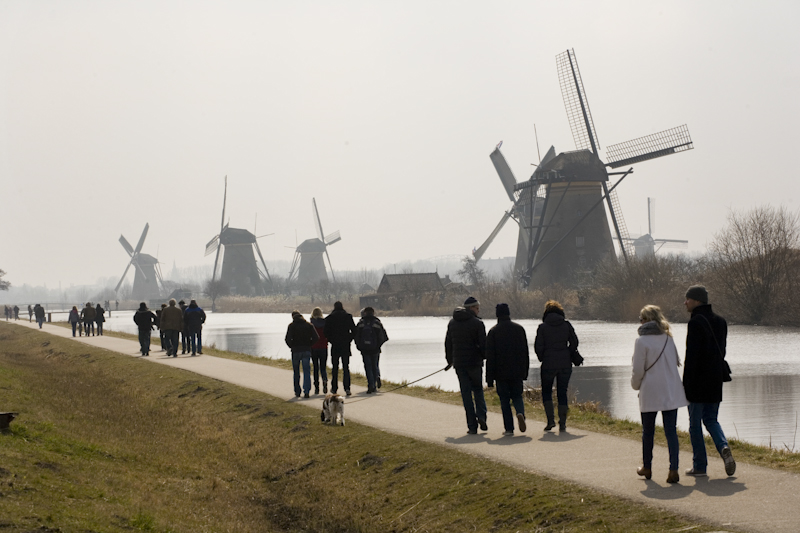
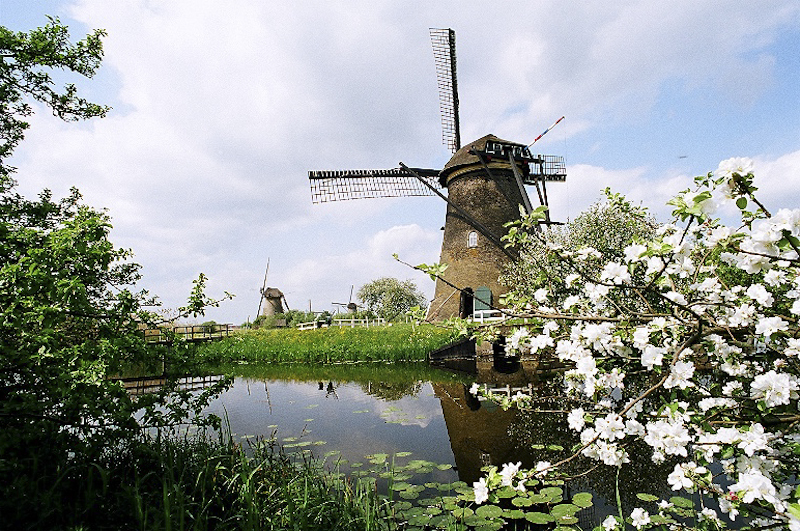
This group of mills represents the largest concentration of old windmills in the Netherlands, and is today a popular tourist site. They have been a UNESCO World Heritage Site since 1997.
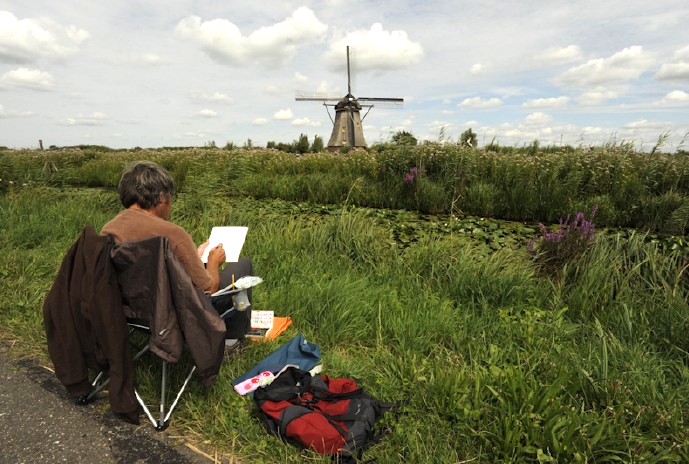
And, as in centuries gone by, the windmills stir the muse within artists, who travel to this masterpiece of a location to create a masterpiece of their own.FEEDBACK MAP
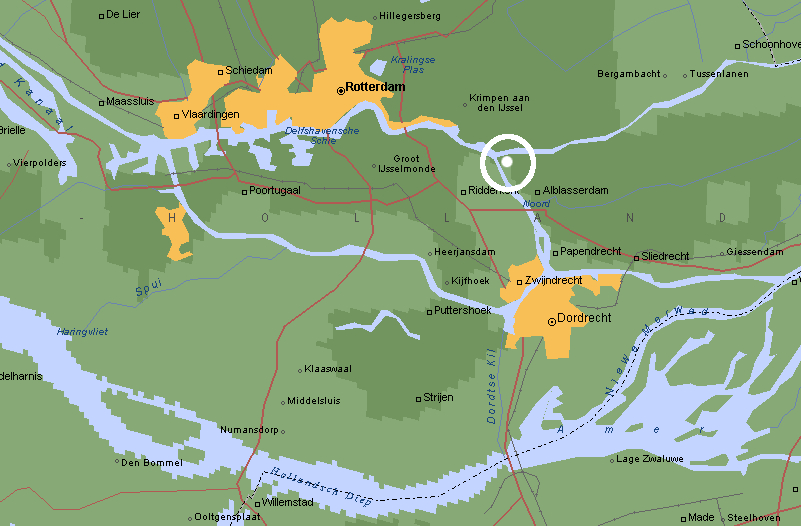
If you got impressions for which this feedback is insufficient, more information,
pictures and videos can be found at the following web sites:
Kinderdijk.com
Amusing Planet.com